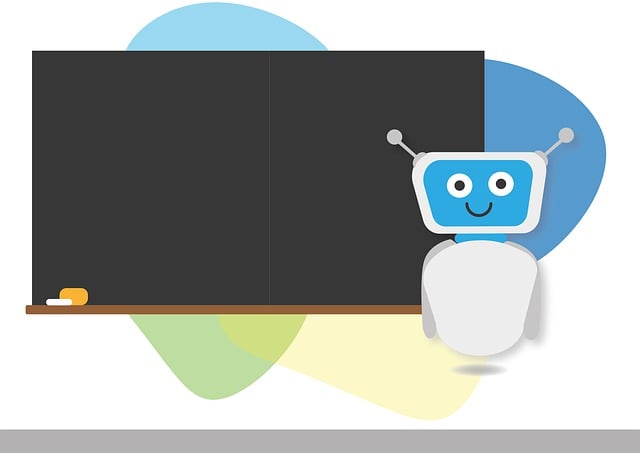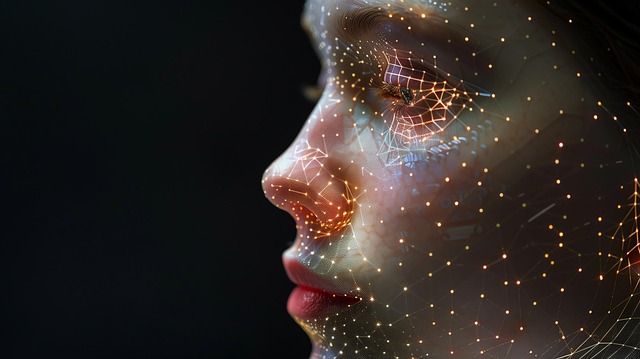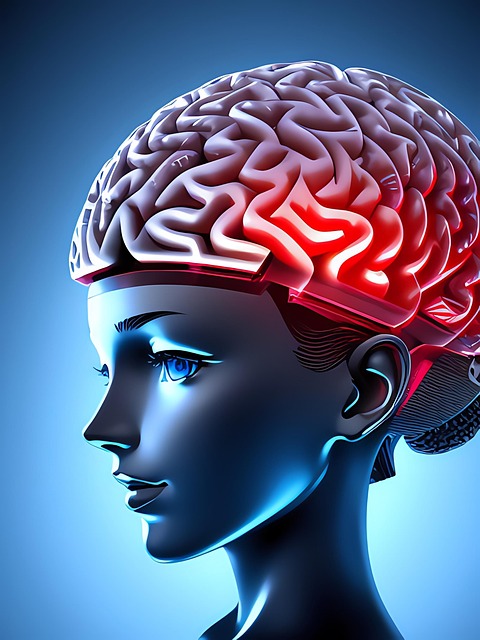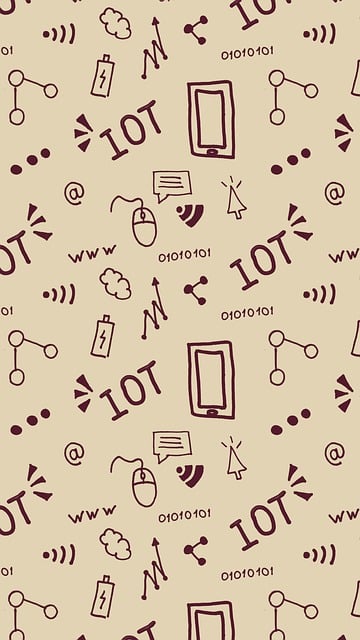The evolution of smart home AI assistants has advanced from basic voice control to sophisticated contextual understanding, leveraging natural language processing and machine learning. These AI chatbots anticipate user needs through data analytics, adapt to individual routines, and offer personalized experiences. Integration into daily life requires stringent security measures, including encryption, granular user data control, and transparent communication. Sensor technology advancements enable AI assistants to gather detailed environmental data, enhancing predictions and suggestions, like adjusting lighting based on time of day or user preferences. Machine learning algorithms drive predictive maintenance and advanced automation, optimizing energy efficiency through real-time occupancy data. The future includes immersive interfaces like gesture recognition and VR/AR interactions with 3D avatars, revolutionizing smart home control.
“The smart home revolution is here, and AI assistants are at its forefront. This article explores the future of these transformative technologies, delving into their evolving capabilities and impact on daily life. From voice control to advanced contextual understanding, we trace the journey. We uncover how AI chatbot integration enhances user experiences and personalization. Furthermore, we address critical privacy and security concerns, discuss sensor technology advancements, and highlight the role of machine learning in predictive maintenance. Finally, we gaze into the future, considering immersive interfaces beyond voice commands.”
- The Evolution of Smart Home AI Assistants: From Voice Control to Contextual Understanding
- AI Chatbot Integration: Enhancing User Interaction and Personalization
- Privacy and Security Concerns in Smart Homes: Addressing the Challenges
- Sensor Technology Advancements: Enabling More Intelligent Home Environments
- The Role of Machine Learning in Predictive Maintenance and Home Automation
- Future Interfaces: Immersive Experiences and Beyond Voice Commands
The Evolution of Smart Home AI Assistants: From Voice Control to Contextual Understanding

The evolution of smart home AI assistants has been a remarkable journey from simple voice control to achieving contextual understanding. Initially, these virtual helpers were primarily designed to respond to vocal commands, offering basic functionalities like playing music, setting alarms, or controlling smart devices. With advancements in natural language processing and machine learning, AI chatbots have become more sophisticated. They can now engage in conversational interactions, understand complex queries, and provide personalized recommendations based on user preferences and behavior patterns.
Today, smart home assistants are moving towards contextual awareness, where they can anticipate user needs even before explicit requests are made. By leveraging advanced algorithms and data analytics, these AI chatbots can learn from user interactions, adapt to individual routines, and offer tailored suggestions. This evolution is set to redefine the way we interact with our homes, making daily tasks more efficient and creating a truly connected living environment.
AI Chatbot Integration: Enhancing User Interaction and Personalization

The integration of AI chatbots into smart home systems is set to revolutionize user interaction and personalize experiences like never before. These advanced conversational agents can understand natural language queries, enabling users to communicate with their homes in a more intuitive manner. With AI chatbot technology, residents can expect seamless control over various aspects of their living spaces—from adjusting lighting and temperature settings to managing security systems, all through simple voice commands or text interactions.
This integration goes beyond basic automation; it offers highly tailored assistance. AI chatbots can learn user preferences, suggest personalized routines, and anticipate needs based on historical data. For instance, the chatbot could automatically adjust settings for a movie night, ensuring the perfect ambiance while optimizing energy efficiency. Such level of customization creates a more comfortable and efficient smart home environment, fostering a deeper connection between users and their technology.
Privacy and Security Concerns in Smart Homes: Addressing the Challenges

As smart home AI assistants become more integrated into our daily lives, privacy and security concerns are at the forefront. With constant data collection and voice interactions, users must be assured that their personal information is protected. The challenge lies in balancing the benefits of AI-driven automation with robust security measures to safeguard sensitive data.
Addressing these issues requires a multi-faceted approach. Encryption technologies can secure data transmission between devices and servers, ensuring that even if information is intercepted, it remains unreadable. Additionally, users should have granular control over what data is collected and how it’s used. Advanced AI chatbots, for instance, could be designed to minimize data collection while still providing personalized assistance, leveraging previous interactions only when necessary. Regular security audits and transparent communication about data practices will also foster trust among consumers.
Sensor Technology Advancements: Enabling More Intelligent Home Environments

The evolution of smart home AI assistants is intrinsically linked to advancements in sensor technology, which are paving the way for more intelligent and responsive home environments. As sensors become increasingly sophisticated, they can capture a wealth of data from within a home, from temperature and humidity levels to motion and voice interactions. This granular understanding allows AI chatbots to make more accurate predictions and provide tailored recommendations, such as automatically adjusting lighting based on time of day or personal preferences.
Furthermore, the integration of multiple sensors and improved data processing capabilities enable these assistants to recognize complex patterns and understand contextual cues. For instance, a smart home AI could learn that certain lights are used during specific activities—like reading or cooking—and automatically adjust brightness and color temperature accordingly, enhancing the user’s experience and contributing to energy efficiency.
The Role of Machine Learning in Predictive Maintenance and Home Automation

The integration of machine learning (ML) algorithms is pivotal in advancing smart home AI assistants’ capabilities, particularly in predictive maintenance and home automation. ML enables these assistants to learn from vast data sets, allowing them to anticipate and prevent potential issues within the household. By analyzing patterns and historical data, AI chatbots can predict equipment failures, such as identifying when a refrigerator’s compressor might malfunction or when a water heater needs maintenance. This proactive approach ensures that homeowners receive alerts in advance, enabling them to schedule repairs before any severe damage occurs.
Moreover, predictive maintenance powered by ML contributes to energy efficiency and cost savings. Smart assistants can optimize home automation systems by learning resident behaviors and preferences, automating tasks like adjusting lighting and temperature settings based on real-time occupancy data. This personalized and adaptive functionality enhances comfort while reducing energy consumption, making the home more responsive and environmentally friendly.
Future Interfaces: Immersive Experiences and Beyond Voice Commands

The future of smart home AI assistants is set to transform our daily interactions with technology, offering more than just voice-activated convenience. As AI chatbots become increasingly sophisticated, we can expect to see a shift towards immersive interfaces that go beyond traditional voice commands. This evolution may include gesture recognition, allowing users to control their homes with simple hand movements, or even haptic feedback systems that respond to our touches.
Imagine interacting with your smart assistant through virtual reality (VR) or augmented reality (AR), where a 3D avatar represents your AI companion, providing a more personalized and engaging experience. This immersive approach could offer new ways to control lighting, temperature, and appliances, making the smart home even smarter and more intuitive. With these advancements, users will have greater control over their environment, enhancing comfort and efficiency in daily routines.






